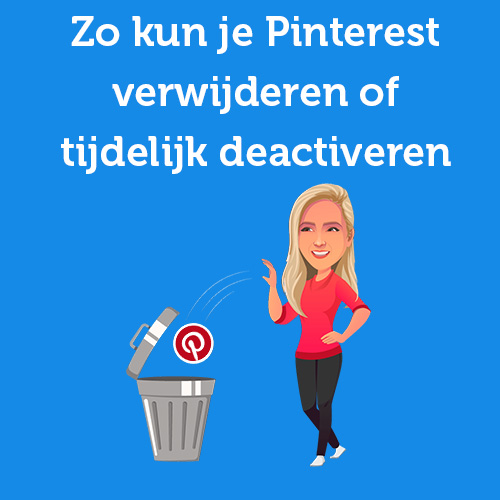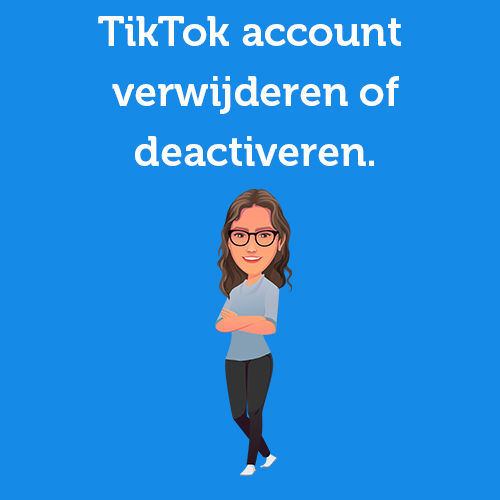Menu
Table of contents
We are in the middle of summer.
The COVID-19 measures are being relaxed more and more and maybe you are going to take a break. A good time to check the state of social media market share in the Netherlands and Europe in Q2 of 2020.
Of course, you don't have to look that up yourself. We've already done that for you. So that you can enjoy your vacation to the fullest (and secretly think up new strategies for after the summer).
Plenty has happened in recent months, so let's take a quick look at what effect this has had on social media market share in the Netherlands, Germany, Belgium and the rest of Europe!
Netherlands
| Netherlands | March 2020 | June 2020 |
| 65,61% | 58,56% | |
| 15,50% | 26,76% | |
| 9,75% | 8,15% | |
| 6,32% | 2,03% | |
| Youtube | 1,76% | 2,43% |
Let's start with the market share of the largest social medium: Facebook. Which, after a big rebound in Q1, nevertheless fell back to about 58.5 percent. It seemed for a while that advertisers embraced Facebook as an advertising channel during the corona crisis, but the opposite seems rather true.
In the process, Pinterest appears to have largely regained its market share. After a big dip in the spring, Google's social medium is on the rise again. And a big one, too, as its market share is up some 60-70 percent from March. Did we get massive garden inspiration after all!
Furthermore, Twitter is yielding slightly, YouTube is once again gaining, and Instagram is almost making a free fall in terms of market share. While use of the channel only seems to continue to increase, companies do not yet seem to want to advertise on the platform. And that is remarkable to say the least.
So some interesting developments. But to really make sense of them, we need to see if these trends also apply to other countries. So how is the market share of social media channels doing in Europe?
Europe
| Europe | March 2020 | June 2020 |
| 75,85% | 80,55% | |
| 5,96% | 9,73% | |
| 9,35% | 5,07% | |
| 6,55% | 1,18% | |
| Youtube | 1,48% | 2,04% |
There are many winners in Europe; Facebook, Pinterest and Youtube can all add some share. That comes at the expense of Twitter and Instagram, both of which had to give up quite a bit. Relatively speaking. Instagram in particular sees its market share disappear like snow in the summer sun.
Hmmm... okay. That's pretty similar to the Dutch trends in the social media landscape. Anyway, these are the figures if we take all the countries of Europe together. Let's also check the percentages in our neighboring countries to see if similar trends can be detected there.
Germany
| Germany | March 2020 | June 2020 |
| 58,55% | 63,78% | |
| 19,67% | 25,04% | |
| 9,63% | 4,21% | |
| 7,77% | 0,82% | |
| Youtube | 3,14% | 4,06% |
One thing immediately stands out: the same winners and losers as across Europe. While Facebook's market share fell in the Netherlands, it certainly seems to be rising somewhat overall. And Pinterest is also being advertised quite a bit again in Germany.
The plummet in social media market shares of Twitter and Instagram is a bit more severe in Germany than in Europe as a whole, though. Instagram in particular is also suffering here; they are only retaining just 10% of their market share compared to the previous measurement in March.
That is very little in barely three months. Would that be better in Belgium?
Belgium
| Belgium | March 2020 | June 2020 |
| 59,99% | 65,83% | |
| 19,56% | 25,15% | |
| 10,32% | 3,91% | |
| 7,35% | 1,19% | |
| Youtube | 1,90% | 2,33% |
The trend among our southern neighbors is entirely consistent with that of Germany and the rest of Europe. The fact that Facebook, Pinterest and Youtube are all gaining some market share and Instagram and Twitter are losing quite a bit should come as no surprise by now.
However, the question remains: how come? What happened?
Conclusion
We can only conclude one thing: people are reverting mainly to the older, conventional social media channels. And that is remarkable, because Instagram, for example, has just rolled out many new features for advertisers. It seems that in crisis we do not want to take any risks and want to spend our advertising budget "safely" in this regard.
The rise in market share of Pinterest and Youtube may be explained by the functional aspect of those channels. After all, we've now had more time off to pick up some chores and also the vacation money can now be spent on "the big jobs" that you've been planning for years.
Not surprisingly, when remodeling our home, we look for some inspiration on Pinterest and then go on YouTube to watch a how-to video to learn how to do it. And the advertisers may have figured that out, too.
In short, there is plenty to think about. Enough new information that you can use to build an effective strategy. And then we'll get back to you in three months with the trends and changes in social media market share in the Netherlands and Europe.
See you then!











Written by: Daniel Kuipers
Daniel is the founder of Online Marketing Agency. He constantly scours the Internet for the latest gadgets and tactics and blogs about them in understandable language. Well, sometimes.